| Citation: |
Rongliang Li, Yonghui Lin, Yang Li, Song Gao, Wenjing Yue, Hao Kan, Chunwei Zhang, Guozhen Shen. Amorphous gallium oxide homojunction-based optoelectronic synapse for multi-functional signal processing[J]. Journal of Semiconductors, 2023, 44(7): 074101. doi: 10.1088/1674-4926/44/7/074101
****
R L Li, Y H Lin, Y Li, S Gao, W J Yue, H Kan, C W Zhang, G Z Shen. Amorphous gallium oxide homojunction-based optoelectronic synapse for multi-functional signal processing[J]. J. Semicond, 2023, 44(7): 074101. doi: 10.1088/1674-4926/44/7/074101
|
Amorphous gallium oxide homojunction-based optoelectronic synapse for multi-functional signal processing
DOI: 10.1088/1674-4926/44/7/074101
More Information
-
Abstract
In the era of accelerated development in artificial intelligence as well as explosive growth of information and data throughput, underlying hardware devices that can integrate perception and memory while simultaneously offering the benefits of low power consumption and high transmission rates are particularly valuable. Neuromorphic devices inspired by the human brain are considered to be one of the most promising successors to the efficient in-sensory process. In this paper, a homojunction-based multi-functional optoelectronic synapse (MFOS) is proposed and testified. It enables a series of basic electrical synaptic plasticity, including paired-pulse facilitation/depression (PPF/PPD) and long-term promotion/depression (LTP/LTD). In addition, the synaptic behaviors induced by electrical signals could be instead achieved through optical signals, where its sensitivity to optical frequency allows the MFOS to simulate high-pass filtering applications in situ and the perception capability integrated into memory endows it with the information acquisition and processing functions as a visual system. Meanwhile, the MFOS exhibits its performances of associative learning and logic gates following the illumination with two different wavelengths. As a result, the proposed MFOS offers a solution for the realization of intelligent visual system and bionic electronic eye, and will provide more diverse application scenarios for future neuromorphic computing. -
References
[1] Wang Y H, Yang Y C, Hao Y, et al. Embracing the era of neuromorphic computing. J Semicond, 2021, 42, 010301 doi: 10.1088/1674-4926/42/1/010301[2] Mpatziakas A, Drosou A, Papadopoulos S, et al. IoT threat mitigation engine empowered by artificial intelligence multi-objective optimization. J Netw Comput Appl, 2022, 203, 103398 doi: 10.1016/j.jnca.2022.103398[3] Yao T C, Wang J, Wan M, et al. VenusAI: an artificial intelligence platform for scientific discovery on supercomputers. J Syst Architect, 2022, 128, 102550 doi: 10.1016/j.sysarc.2022.102550[4] Sokolov A S, Abbas H, Abbas Y, et al. Towards engineering in memristors for emerging memory and neuromorphic computing: A review. J Semicond, 2021, 42, 013101 doi: 10.1088/1674-4926/42/1/013101[5] Zou X Q, Xu S, Chen X M, et al. Breaking the von Neumann bottleneck: architecture-level processing-in-memory technology. Sci China Inf Sci, 2021, 64, 160404 doi: 10.1007/s11432-020-3227-1[6] Sandamirskaya Y, Kaboli M, Conradt J, et al. Neuromorphic computing hardware and neural architectures for robotics. Sci Robot, 2022, 7, eabl8419 doi: 10.1126/scirobotics.abl8419[7] Xue W H, Ci W J, Xu X H, et al. Optoelectronic memristor for neuromorphic computing. Chin Phys B, 2020, 29, 048401 doi: 10.1088/1674-1056/ab75da[8] Xiang S Y, Han Y N, Song Z W, et al. A review: Photonics devices, architectures, and algorithms for optical neural computing. J Semicond, 2021, 42, 023105 doi: 10.1088/1674-4926/42/2/023105[9] Han J, Yun S, Lee S, et al. A review of artificial spiking neuron devices for neural processing and sensing. Adv Funct Mater, 2022, 32, 2204102 doi: 10.1002/adfm.202204102[10] Zhou F C, Zhou Z, Chen J W, et al. Optoelectronic resistive random access memory for neuromorphic vision sensors. Nat Nanotechnol, 2019, 14, 776 doi: 10.1038/s41565-019-0501-3[11] Liao F Y, Zhou F C, Chai Y. Neuromorphic vision sensors: principle, progress and perspectives. J Semicond, 2021, 42, 013105 doi: 10.1088/1674-4926/42/1/013105[12] Shastri B J, Tait A N, Ferreira de Lima T, et al. Photonics for artificial intelligence and neuromorphic computing. Nat Photonics, 2021, 15, 102 doi: 10.1038/s41566-020-00754-y[13] Liu Q, Gao S, Xu L, et al. Nanostructured perovskites for nonvolatile memory devices. Chem Soc Rev, 2022, 51, 9 doi: 10.1039/D1CS00886B[14] Chen S, Lou Z, Chen D, et al. An artificial flexible visual memory system based on an UV-motivated memristor. Adv Mater, 2018, 30, 1705400 doi: 10.1002/adma.201705400[15] Tsai M Y, Lee K C, Lin C Y, et al. Photoactive electro-controlled visual perception memory for emulating synaptic metaplasticity and Hebbian learning. Adv Funct Mater, 2021, 31, 2105345 doi: 10.1002/adfm.202105345[16] Du W, Li C H, Hu Y X, et al. A heterosynapse-inspired photodetector for spatiotemporal feature fusion. IEEE Trans Electron Devices, 2022, 69, 4312 doi: 10.1109/TED.2022.3179347[17] Gong J D, Wei H H, Liu J Q, et al. An artificial visual nerve for mimicking pupil reflex. Matter, 2022, 5, 1578 doi: 10.1016/j.matt.2022.02.020[18] Feng G D, Jiang J, Li Y R, et al. Flexible vertical photogating transistor network with an ultrashort channel for in-sensor visual nociceptor. Adv Funct Mater, 2021, 31, 2104327 doi: 10.1002/adfm.202104327[19] Ding G L, Yang B D, Zhou K, et al. Synaptic plasticity and filtering emulated in metal-organic frameworks nanosheets based transistors. Adv Electron Mater, 2020, 6, 1900978 doi: 10.1002/aelm.201900978[20] Elliott T. First passage time memory lifetimes for multistate, filter-based synapses. Neural Comput, 2020, 32, 1069 doi: 10.1162/neco_a_01283[21] Dai Y T, Fu Y M, Zeng H, et al. A self-powered brain-linked vision electronic-skin based on triboelectric-photodetecing pixel-addressable matrix for visual-image recognition and behavior intervention. Adv Funct Mater, 2018, 28, 1800275 doi: 10.1002/adfm.201800275[22] Huang B Y, Li N, Wang Q Q, et al. Optoelectronic synapses based on MoS2 transistors for accurate image recognition. Adv Mater Interfaces, 2022, 2201558 doi: 10.1002/admi.202201558[23] Xie D D, Yin K, Yang Z J, et al. Polarization-perceptual anisotropic two-dimensional ReS2 neuro-transistor with reconfigurable neuromorphic vision. Mater Horiz, 2022, 9, 1448 doi: 10.1039/D1MH02036F[24] Zhang Z H, Wang S Y, Liu C S, et al. All-in-one two-dimensional retinomorphic hardware device for motion detection and recognition. Nat Nanotechnol, 2022, 17, 27 doi: 10.1038/s41565-021-01003-1[25] Jiang B Y, Zhou F C, Chai Y. Application of neuromorphic resistive random access memory in image processing. Acta Phys Sin, 2022, 71, 148504 doi: 10.7498/aps.71.20220463[26] Liu Q H, Yin L, Zhao C, et al. All-in-one metal-oxide heterojunction artificial synapses for visual sensory and neuromorphic computing systems. Nano Energy, 2022, 97, 107171 doi: 10.1016/j.nanoen.2022.107171[27] Zhang J Y, Shi Q Q, Wang R Z, et al. Spectrum-dependent photonic synapses based on 2D imine polymers for power-efficient neuromorphic computing. InfoMat, 2021, 3, 904 doi: 10.1002/inf2.12198[28] Wang Y H, Cui W J, Yu J, et al. One-step growth of amorphous/crystalline Ga2O3 phase junctions for high-performance solar-blind photodetection. ACS Appl Mater Interfaces, 2019, 11, 45922 doi: 10.1021/acsami.9b17409[29] Huang J, Chang T, Yang J, et al. Influence of oxygen concentration on resistance switching characteristics of gallium oxide. IEEE Electron Device Lett, 2012, 33, 1387 doi: 10.1109/LED.2012.2206365[30] Bhowmick S, Saha R, Mishra M, et al. Oxygen mediated defect evolution in RF sputtered Ga2O3 thin films on p-Si substrate. Mater Today Commun, 2022, 104766 doi: 10.1016/j.mtcomm.2022.104766[31] Hu L X, Yang J, Wang J R, et al. All-optically controlled memristor for optoelectronic neuromorphic computing. Adv Funct Mater, 2021, 31, 2005582 doi: 10.1002/adfm.202005582[32] Karbalaei Akbari M, Hu J, Verpoort F, et al. Nanoscale all-oxide-heterostructured bio-inspired optoresponsive nociceptor. Nano-Micro Lett, 2020, 12, 83 doi: 10.1007/s40820-020-00419-z[33] Wu F Q, Guo Y T, Ma J. Reproduce the biophysical function of chemical synapse by using a memristive synapse. Nonlinear Dyn, 2022, 109, 2063 doi: 10.1007/s11071-022-07533-0[34] Held R, Liu C L, Ma K P, et al. Synapse and active zone assembly in the absence of presynaptic Ca2+ channels and Ca2+ entry. Neuron, 2020, 107, 667 doi: 10.1016/j.neuron.2020.05.032[35] Kim M, Lee J. Synergistic improvement of long-term plasticity in photonic synapses using ferroelectric polarization in hafnia-based oxide-semiconductor transistors. Adv Mater, 2020, 32, 1907826 doi: 10.1002/adma.201907826[36] Wang W X, Gao S, Li Y, et al. Artificial optoelectronic synapses based on TiNxO2–x/MoS2 heterojunction for neuromorphic computing and visual system. Adv Funct Mater, 2021, 31, 2101201 doi: 10.1002/adfm.202101201[37] Thomson A. Molecular frequency filters at central synapses. Prog Neurobiol, 2000, 62, 159 doi: 10.1016/S0301-0082(00)00008-3[38] Suh B, Baccus S. Building blocks of temporal filters in retinal synapses. PLoS Biol, 2014, 12, e1001973 doi: 10.1371/journal.pbio.1001973[39] Tan Z H, Yin X B, Yang R, et al. Pavlovian conditioning demonstrated with neuromorphic memristive devices. Sci Rep, 2017, 7, 713 doi: 10.1038/s41598-017-00849-7[40] Li J, Fu W H, Lei Y X, et al. Oxygen-vacancy-induced synaptic plasticity in an electrospun InGdO nanofiber transistor for a gas sensory system with a learning function. ACS Appl Mater Interfaces, 2022, 14, 8587 doi: 10.1021/acsami.1c23390[41] Shi J J, Lin Y, Zeng T, et al. Voltage-dependent plasticity and image Boolean operations realized in a WOx-based memristive synapse. J Semicond, 2021, 42, 014102 doi: 10.1088/1674-4926/42/1/014102 -
Supplements
 22110034suppl.pdf
22110034suppl.pdf

-
Proportional views






 DownLoad:
DownLoad:
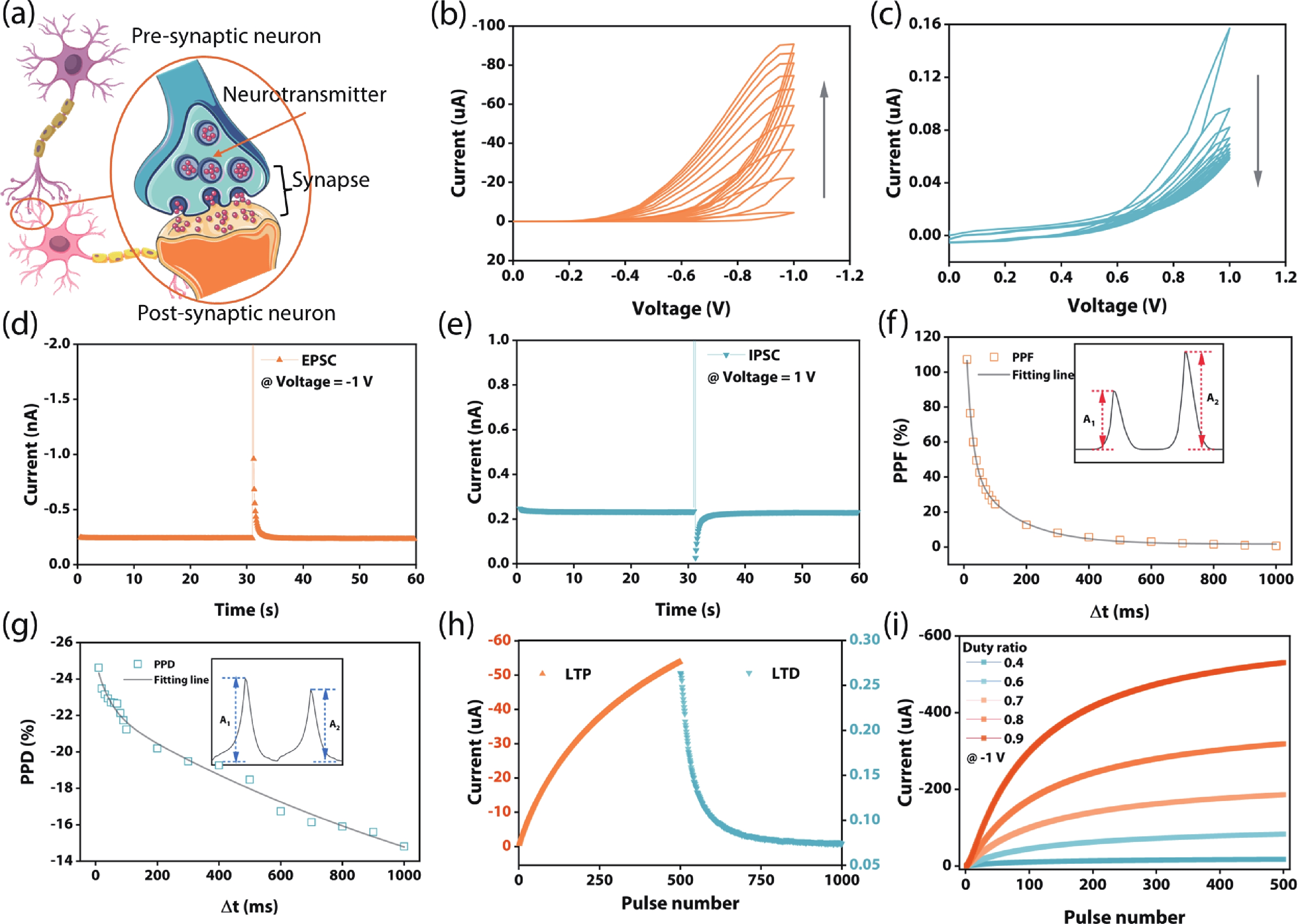
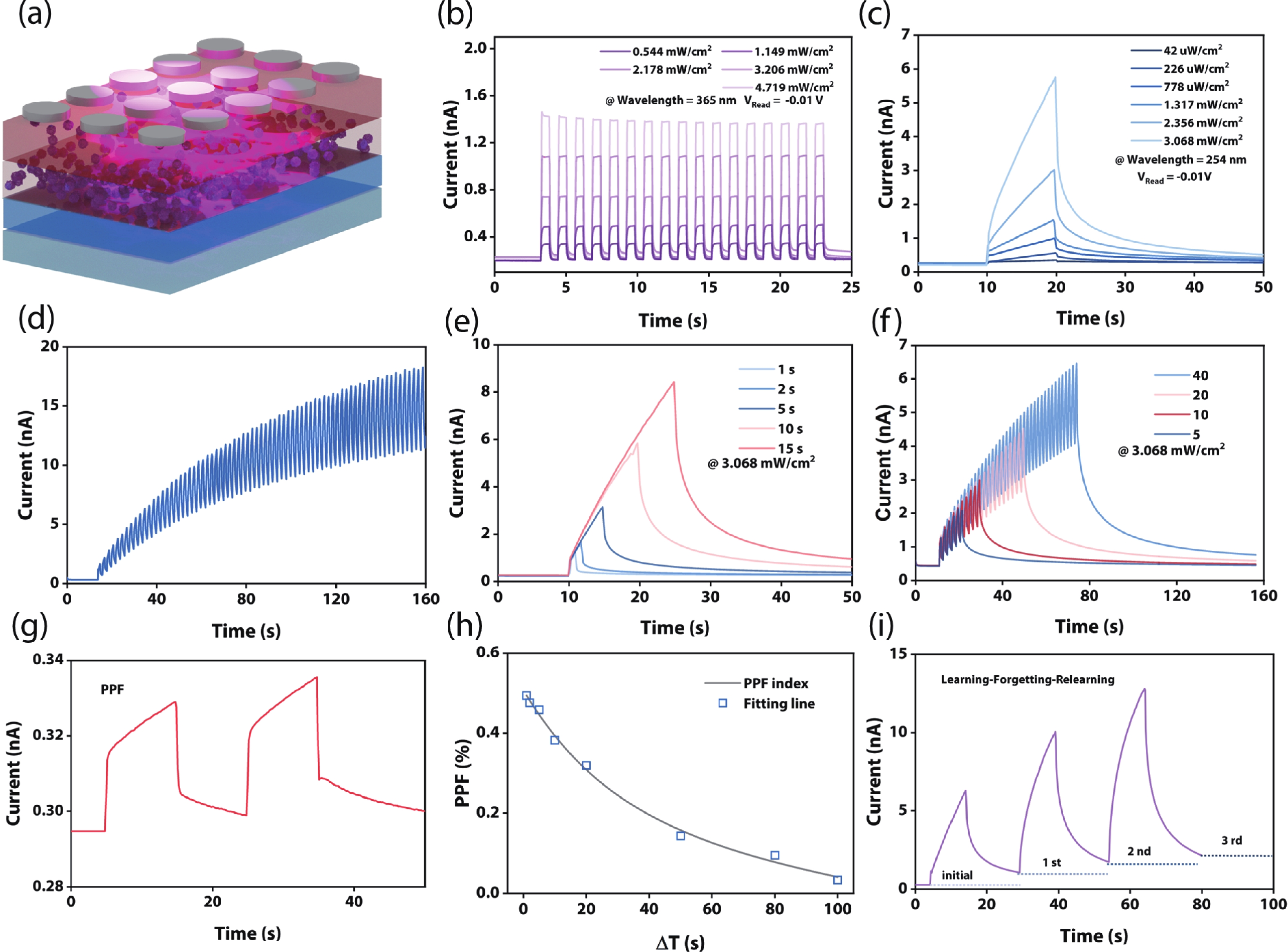
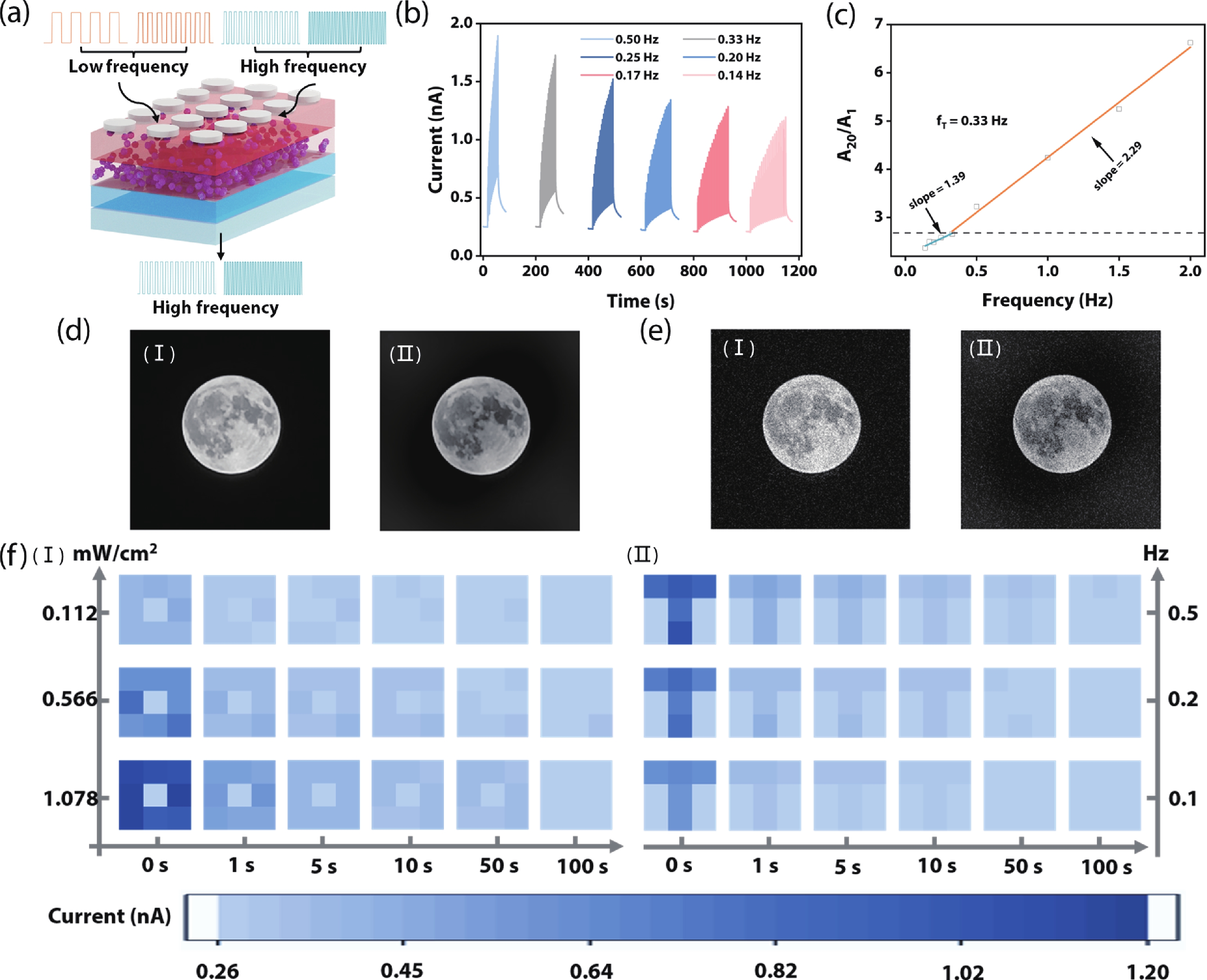

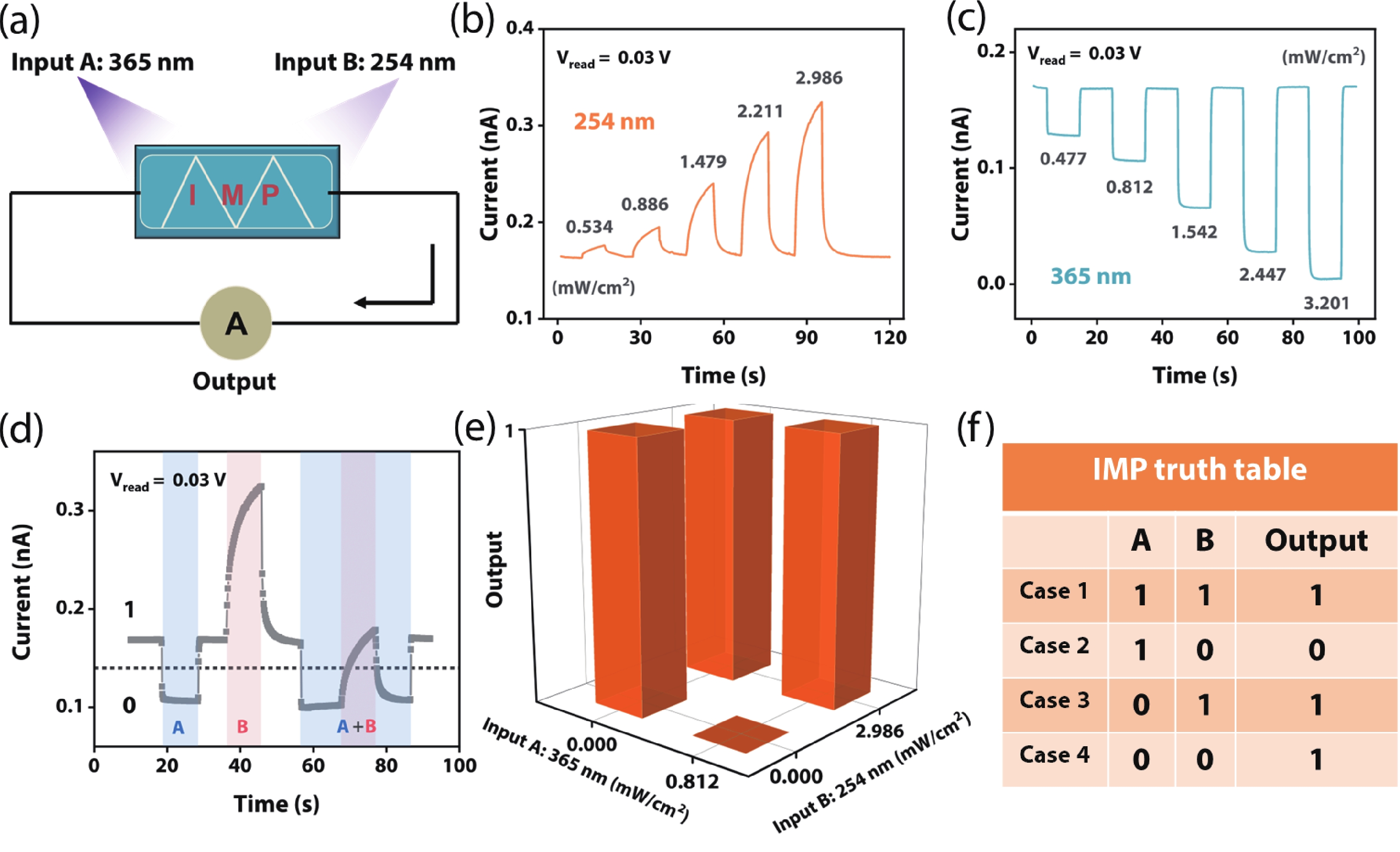










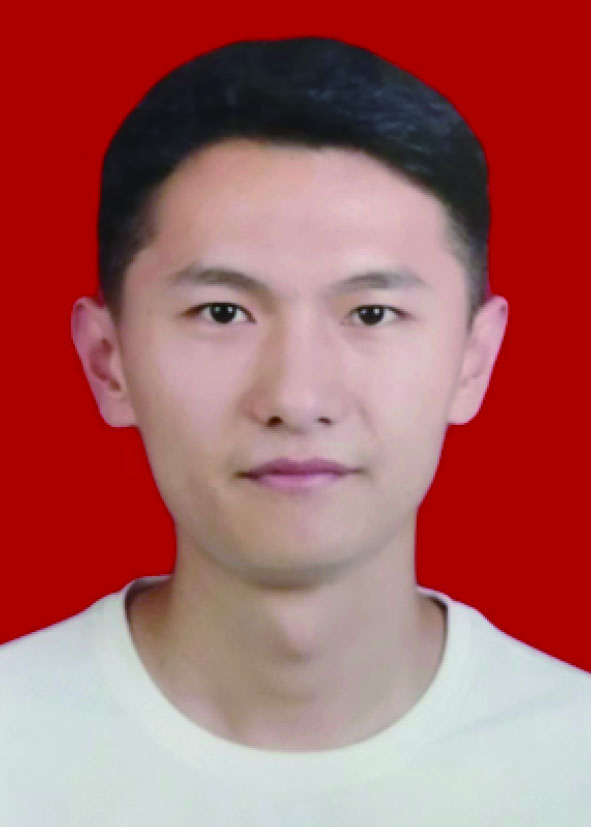 Rongliang Li:received his B.S. degree from the University of Jinan in 2020, Shandong, China. He is now a Master's student in the major of Electronic Information at the School of Information Science and Engineering, University of Jinan, China. His current research focuses on the fabrication and optoelectronic properties of memristive devices and their applications for bionic synapses
Rongliang Li:received his B.S. degree from the University of Jinan in 2020, Shandong, China. He is now a Master's student in the major of Electronic Information at the School of Information Science and Engineering, University of Jinan, China. His current research focuses on the fabrication and optoelectronic properties of memristive devices and their applications for bionic synapses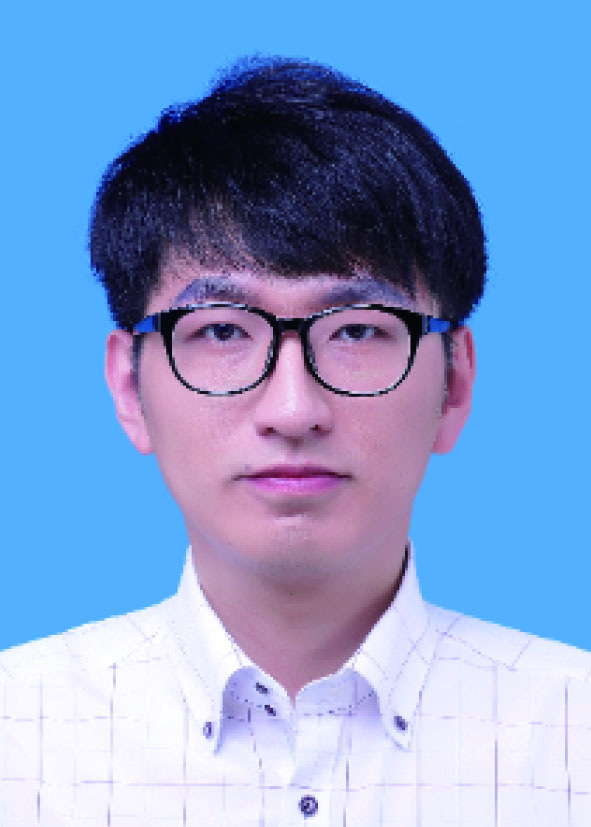 Yang Li:has been a professor of School of Information Science and Engineering at University of Jinan, China since 2016. His research interests include memristive materials and devices for flexible electronics, neuromorphic computing applications, RF passive device design, and advanced semiconductor fabrication. He has published over 70 peer-reviewed journal and conference papers in the relevant fields
Yang Li:has been a professor of School of Information Science and Engineering at University of Jinan, China since 2016. His research interests include memristive materials and devices for flexible electronics, neuromorphic computing applications, RF passive device design, and advanced semiconductor fabrication. He has published over 70 peer-reviewed journal and conference papers in the relevant fields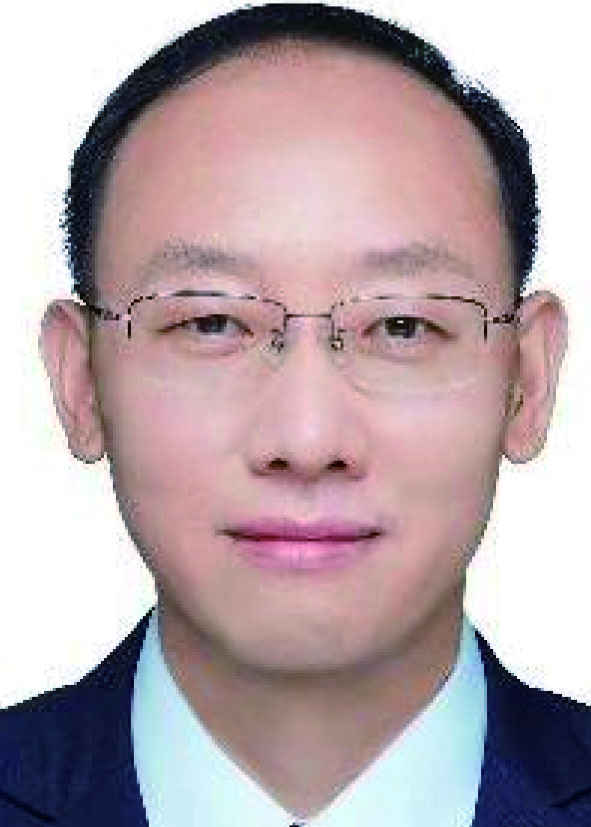 Guozhen Shen:has been a professor of Beijing Institute of Technology. His current research focuses on low dimensional semiconductor materials and developing flexible electronic devices for artificial intelligence and healthcare monitoring. He has published over 200 peer-reviewed journal and conference papers. He has received a lot of important awards including the NSFC Fund for Outstanding Young Scientist, 1st prize of the C-MRS Science and Technology Award, etc
Guozhen Shen:has been a professor of Beijing Institute of Technology. His current research focuses on low dimensional semiconductor materials and developing flexible electronic devices for artificial intelligence and healthcare monitoring. He has published over 200 peer-reviewed journal and conference papers. He has received a lot of important awards including the NSFC Fund for Outstanding Young Scientist, 1st prize of the C-MRS Science and Technology Award, etc





